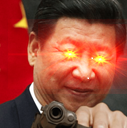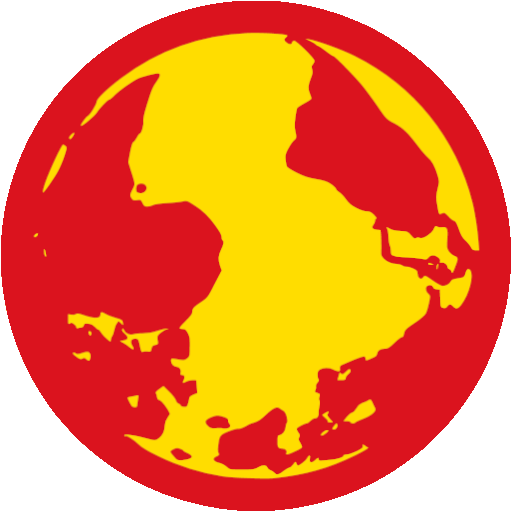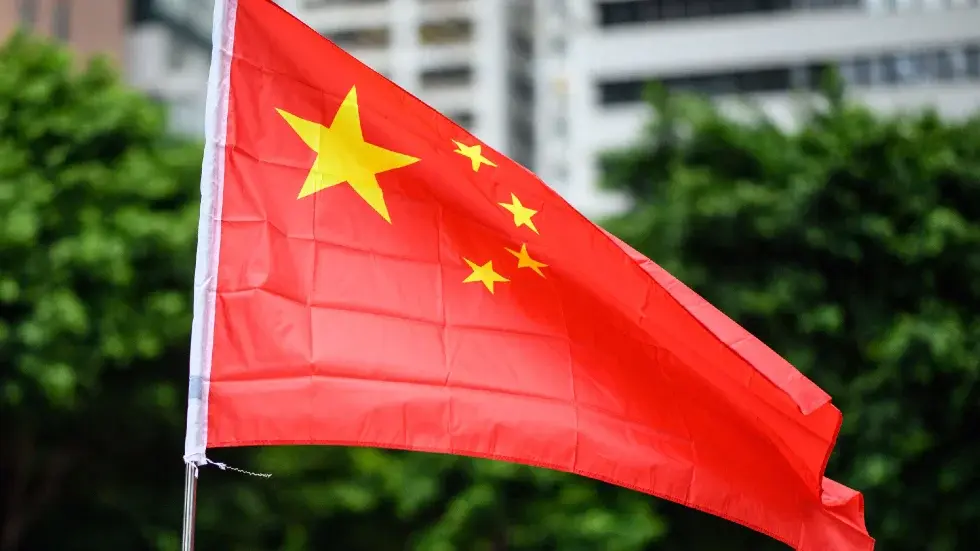
I’m about a decade older than you and i can remember growing up when Romania’s factories didn’t look like ancient ruins yet, when the streets weren’t overcrowded with cars, when the apartment buildings weren’t falling apart, and when people still thought they were about to usher in a paradise of freedom and prosperity because they had just gotten rid of those nasty evil communists.
The moment i became a committed believer was the moment when being in Romania started to feel like i’m walking through the ruins of a once great civilization…seeing the crumbling monuments and great works that these advanced people were once capable of building but whose skills have long since been forgotten, as if an apocalyptic event has wiped out all knowledge and society had been forced to return to a more primitive stage - one in which the only things we knew how to build anymore were advertisement billboards, shopping malls and gaudy mansions for corrupt politicians and their oligarch friends.





Fascist on fascist violence. You love to see it.